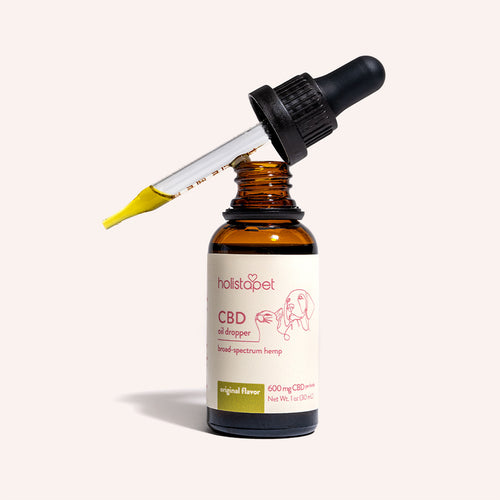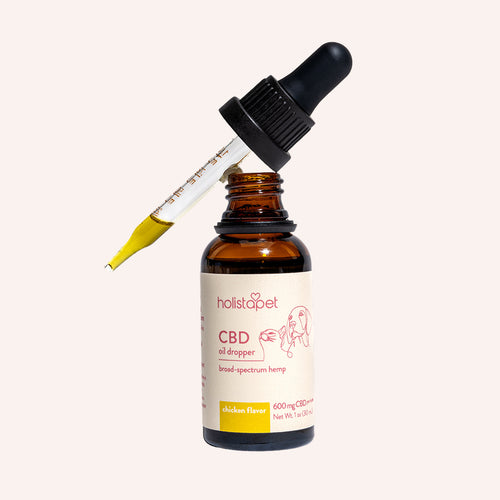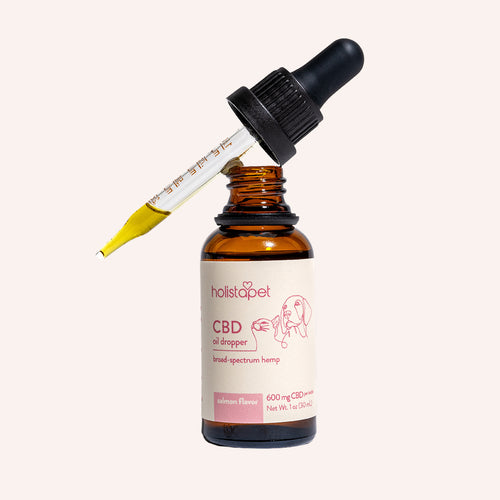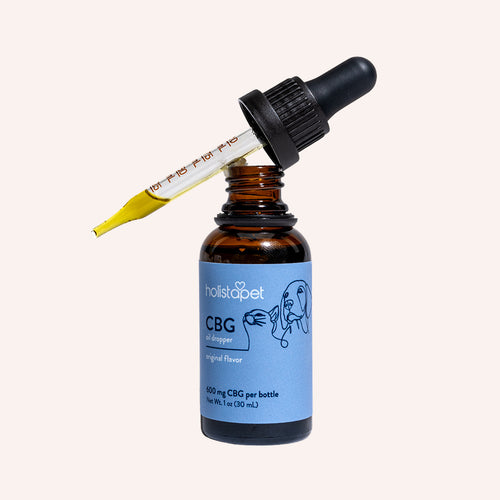Originating from the Shetland Islands in Scotland, the Shetland Sheepdog, is an incredible breed. Also known as a Sheltie, this adorable dog possesses many talents and a lovable personality.
With a history of herding farm animals, the Shetland breed is known for its agility, intelligence, and loyalty. But despite its hard-working ethic out in the fields, Shelties are also very affectionate and make terrific family pets.
In this article, we will further explore the Shetland Sheepdog breed. Get ready to learn about their unique characteristics, their exercise requirements, grooming tips, and more! If you fall in love with the breed after reading, we can point you towards places where you can adopt your very own Sheltie.
Shetland Sheepdog Characteristics
At first glance, the Shetland Sheepdog is compact in size. Despite this, they pack a ton of energy! Because of their herding background, Shelties are very agile, alert, and always willing to learn new skills.
Although they share similar physical characteristics to the Rough Collie breed, Shetland Sheepdogs are a unique canine and should not be mistaken for a Collie. Shetland dogs have well-sprung ribs and a moderate tuck-up, giving them a full appearance. Their forelegs are always straight, while their hind legs are broad, powerful, and angled at the stifles.
Shelties are adorable, to say the least. They constantly wear an alert expression that makes them appear as if they can understand your every word. Their head takes on a blunt wedge shape when viewed from the side, with a slight taper from the ears to the nose. The ears are half-flopped in a charming manner. The average lifespan of a Shetland dog is between 12-14 years.
Shetland Sheepdog Size
Shetland Sheepdogs are on the shorter side. Male and female Shelties range somewhere 14-16 inches tall and can weigh anywhere from 14-20 pounds.
Shetland Sheepdog Personality
Shelties have a gentle, friendly, and affectionate personality. Shetland Sheepdogs make for perfect family pets because they are playful and are great around children. Shetland dogs are incredibly smart, obedient, and enjoy learning new skills, making them easy to train.
Because the Shetland breed has a herding background, they thrive on farmland where they can get plenty of exercise running on open fields. But, Shelties are adaptable and can easily live a suburban lifestyle in a home or apartment, given that they have the opportunity for exercise.
Overall, Shetland dogs are loving and enjoy being with their humans — almost a little too much. Shelties can be clingy, and you may find your furry friend mimicking your shadow by following you from room to room.
Although Shelties are friendly dogs and not usually aggressive, they are very vocal and may bark often. They can find almost any excuse to bark. Whether they are excited and want to play or warning you about a stranger, a Sheltie will let you know.
Related: How to Stop Dog Barking When Left Alone [CBD Can Help]
Shetland Sheepdog Exercise
With their background in herding, Shetland Sheepdogs are athletic and need a moderate amount of exercise. However, they can adapt to the city lifestyle pretty quickly and become homebodies as long as you take them on walks daily. Try to aim for at least 30 minutes of exercise daily!
Asides from walks, Shelties love playing fetch, running around the house with the kids, and herding other pets. And after a generous amount of exercise, a Sheltie will have no problem with cuddling up next to you on the couch and being lazy.
Other activities you can do with your Shetland Sheepdog are tracking, such as search-and-rescue work, and training to be a therapy pet.
Related: Expert Tips For Ensuring Your Dog Walks Are Trouble-Free
Shetland Sheepdog Training
Shetland Sheepdogs are an intelligent and obedient breed, which t makes training them a breeze. As with any dog, training early when they are a puppy is best. But Shelties can pick up new skills and tricks throughout their whole life.
Shetland dogs are natural herding dogs, so they can easily master canine sports such as agility, fetch, and flyball.
As mentioned, Shelties are known to bark a lot, whether they are ecstatic, scared, or a mix of both. So training your dog early on when is an appropriate time to bark can help keep the sound to a minimum. Here are some tips for hush training.
Training a Dog to Stop Barking
- When your dog begins to bark, do not acknowledge its behavior or give it any attention. Ignore their barking until they stop on their own.
- Once their barking fit comes to a natural end, give them the cue “quiet” or “hush” and reward them with a treat.
- Each time you do this, wait for longer periods of silence before rewarding them with a treat.
- Once your dog has a good grip on this process, you can try interrupting their barking with the hush command. If they stop, reward them well!
Shetland Sheepdog History
Shetland Sheepdogs originated from the Shetland Islands of Scotland. As hinted in their name, the Shetland breed was once used on farmlands to herd sheep, ponies, and poultry.
Upon first glance, one may look at a Shetland Sheepdog and mistake it for a Collie breed. And you would be half right. The Shetland and Collie breeds are close cousins, both originating from Scotland.
However, the Shetland Sheepdog dog breed is much smaller and compact than the Collie; they were sometimes called "miniature Collies." They are small like Shetland ponies, also from the same Scotland region.
The exact timeframe of when Collies were imported to the islands of Scotland, in turn breeding the Shetland Sheepdog, is unknown because there are no written records. And since the Shetland breed originated from the island, these canines were completely unknown to the rest of the world until the early 20th century.
The Shetland Sheepdog dog breed was first recognized by the Kennel Club in England in 1909, and the dogs found their way over the United States in 1911. The Shetland breed was first known as the Shetland Collie, but Collie enthusiasts objected to the name, in turn adding the phrase "Sheepdog" instead.
Today, the Shetland Sheepdog is one of the most popular dog breeds due to its petite size, affectionate personality, and incredible intelligence.
Shetland Sheepdog Health Problems
Overall, Shetland Sheepdogs are a healthy breed of dog, but as with any pet, potential health problems can arise. Here are some of the most common health issues a Sheltie may face, and what you can do to prevent them from worsening.
Dental Disease
Dental disease is the most common health issue among pets, with about 80% of dogs dealing with some kind of dental problems by the age of two. Shetland Sheepdogs are no exception.
Shelties can experience dental disease when tartar builds up on the teeth, leading to infection on the gums and roots of the teeth. Dental disease can result in the loss of your dog's teeth, but it also can cause damage to the kidneys, heart, and liver.
The best way to prevent dental disease is by maintaining regular teeth cleaning and checking for any tartar build-up.
Viral Infections
Just like any other breed, Shetland Sheepdogs are also prone to viruses such as rabies, parvo, and distemper. Fortunately, these infections are preventable with vaccinations. It is best to research how old your dog should be before taking them to get their shots.
Hip Dysplasia
Hip dysplasia is a skeletal condition that is common amongst larger dog breeds, but Shelties can suffer from this condition as well. Dysplasia occurs when the ball and socket of the joints do not fit properly, which leads to deterioration and possible loss of joint function.
Hip dysplasia can be the cause of genetics as well as exercise, weight, and growth. Some early signs of hip dysplasia are limping, slower movement, stiffness, and reluctance to jump or climb stairs.
If your furry friend may be experiencing early signs of hip dysplasia, it is best to visit your veterinarian for a physical exam. Your vet may prescribe medication, exercise restriction, physical therapy, and joint supplements to ensure your pet is feeling better.
Obesity
Obesity is an issue that dogs of any breed can face. Especially with Shelties, obesity can result in joint issues, digestive problems, and heart disease. The best way to combat obesity is to maintain a strict diet for your dog and provide them with plenty of time for exercise.
Parasites
Parasites are another issue that is common among Shelties. They are pesky creatures, such as fleas and ticks, that can cause skin issues like ringworm. Parasites can come in contact with your dog in several ways, such as being around other dogs with fleas, drinking unclean water, or walking on contaminated soil.
There are a few ways to stop these parasites from bothering your furry friend, such as medication and specialized shampoos.
Heart Disease
Shelties are also prone to a heart disease known as patent ductus arteriosus. This condition affects the vessel carrying blood between two different parts of the heart. Specifically, the vessel does not close when it should.
As a result of this malfunction, more blood enters and builds up in the lungs, making it difficult for the dog to breathe. This also places a strain on the heart. PDA usually occurs during fetal development.
If you notice your dog has any difficulty breathing, fatigue during exercise, or weakness in the limbs, you may want to take your dog to the vet and see if surgery is necessary.
Dermatomyositis
Dermatomyositis is an inherited inflammatory condition that affects the skin, muscles, and blood vessels. This condition is caused by a defect in the immune system and can emerge in Shelties as early as seven weeks of age.
The best way to manage dermatomyositis is through regular medication and avoiding any activities that may cause your dog's skin or muscles any trauma. Because dermatomyositis is genetics, it is highly recommended that dogs with this condition do not breed.
How to Care for a Shetland Sheepdog
By nature, Shetland Sheepdogs are herding dogs and need plenty of exercise. However, Shelties are also very adaptable and can fit in with almost any environment provided that they are given the proper care and attention.
Shelties are capable of withstanding harsh weather conditions because of their past history of surviving the Scotland weather. So living a simple, suburban lifestyle is a breeze.
Shelties are easily pleased and do not mind staying in and spending quality time with their owners. However, to keep them healthy and fit, walking, playing, and exercising with your Sheltie for at least 30-60minutes every day is crucial.
Shelties can live peacefully in an apartment setting or a large house provided that they receive plenty of attention and time to exercise. Shelties are great family pets with their loving and gentle personality.
When meeting new people, Shelties can be timid at first. But with proper training and a reassuring, safe environment, a Sheltie will come around in no time and demonstrate their welcoming charm.
Nutrition and Feeding for a Shetland Sheepdog
Shetland Sheepdogs should maintain a healthy diet of high-quality dog food, whether home-prepared or manufactured. Any dog's diet should be in accordance with their age and weight.
It is important to monitor your dog's diet and how much they eat to avoid obesity issues which can lead to more severe health problems later on in life. It is recommended to give your adult dog about 3/4 to 2 cups of high-quality dog food daily, split into two meals. Puppies under six months may eat a smaller amount three times a day.
Treats can be a great way to break up the monotony of eating regular dog food as well as a tool to help train your Sheltie, but limiting treats is important to maintaining their weight.
If you notice that your Sheltie experiences any allergic reactions to their dog food, it is best to take them to the vet and see what alternative food options they recommend.
Coat, Color, and Grooming
The Shetland Sheepdog dog breed has a double coat. The undercoat is short and furry, while the outer coat is longer and harsher to provide protection for extreme weather. The hair around the face is soft and smooth, and the hair around the legs and tail are furry.
Shelties come in a range of color combinations such as white or tan with sable, black, or blue merle. We recommend that you brush a Sheltie about 2-3 times a week to prevent any knots and remove any loose hair. Brushing their hair also helps untangle any mats or rough spots around their mane.
It is best to keep a Sheltie's hair long because their hair acts as a protection layer from the sun, helping them avoid sunburn. Their coat also provides heat during the cold. So, shaving their hair short is not ideal for your Sheltie friend.
As for nails, trimming at least twice a month should suffice for maintaining a healthy length. Keeping your Sheltie's nails trim and neat will ensure their scratches will not hurt as much, and it will help avoid issues such as ingrown nails.
Dental hygiene is also critical to a Sheltie's grooming. Brushing your Sheltie's teeth 2-3 times a week will ensure your dog's pearly whites stay healthy and also prevent serious dental issues later down the line.
Children and Other Pets
Shetland Sheepdogs make for excellent family pets and are great around children. Shelties are gentle, friendly, and enjoy being around humans once they know them. If you are a stranger, Shelties can be shy and may bark at you. But once you build a sense of trust with a Sheltie, they are fantastic to be around.
Because of their size, Shelties are perfect around young children. However, it is always best to monitor your children around any dog to ensure there is no biting or rough play. Especially with a Shetland Sheepdog and their background in herding, you do not want to see your dog herding around your kids as if they were some farm animals.
When meeting new dogs and other pets, Shelties can be hesitant and standoffish if they are also not of the Shetland Sheepdog breed. But they will eventually warm up to another dog over time. They usually do fine with cats as long as they can prove their dominance by herding them throughout the house.
Rescue Groups
If you are interested in adopting this amazing dog breed, here are a few places you can check out to adopt your very own Shetland Sheepdog.
Sheltie Nation is an organization created to educate and rescue Shetland Sheepdogs and find them loving homes. The founder of Sheltie Nation, Kelly, started the organization because she once had such a strong bond with her own Sheltie, Trevor. She wanted others to experience the same amount of joy and love she once did.
Kelly would bring Trevor to visit patients in hospitals and rehabilitation centers as a way to bring light and hope into their world. Trevor brought a smile to so many people's faces over the years that she knew she had to continue with his legacy.
Sheltie Nation is connected to rescue groups specifically for Shetland Sheepdogs all across the country, as well as Canada and the United Kingdom. You can find out more information about their organization, ways you can donate, and even snag some Sheltie merchandise from their online store.
Sheltie Planet is another fantastic organization based in New Zealand that’s dedicated to informing the masses about the Shetland Sheepdog breed. They focus on building an online community through their forums and connecting future owners with a Sheltie they can bring home.
Sheltie Planet has tons of resources helping people find a Sheltie to adopt, informative articles about how to care for a Sheltie, and recommendations on different products to purchase for your Sheltie. Sheltie Planet's sole purpose is to bring the joy of having a Sheltie to anyone around the planet.
Breed Organizations
The most prominent breed organization in relation to Shelties is the American Shetland Sheepdog Association. Founded in 1929 and with over 700 members from over 60 countries, the ASSA has made it a mission to educate, breed, and rescue the Shetland Sheepdog.
Sifting through their website, the American Shetland Sheepdog Association has tons of resources about different activities you can practice with your Sheltie, ways to join a Sheltie club, and other ways to help build a fellowship with the incredible Shetland Sheepdog.
There are several different types of memberships available such as individual, foreign, associate, and lifetime memberships. Individual memberships start at $60, and those who register must either own a Shetland Sheepdog registered with the AKC or have participated in licensed shows for a minimum of 5 years.
The ASSA just held their 2021 National Speciality in Perry, Georgia, from April 30-May 8. The week-long event showcased the versatility and many skills of the Shetland Sheepdog, such as agility, obedience, and herding.
More About This Dog Breed
It is undeniable that the Shetland Sheepdog is nothing short of amazing. They can do it all, from working on the farmlands to being a therapy dog and fitting right in on the family couch. Anyone who owns a Sheltie knows why they are recognized as one of the most obedient dog breeds. Despite their size, Shelties have a huge personality and are always eager to make their owners smile.

![Shetland Sheepdog: The Lovable Scottish Shepherd [Breed Information]](http://www.holistapet.com/cdn/shop/articles/204_be6695fa-077b-4b83-aee7-ed44646efcd9.jpg?v=1738275634&width=1500)
 CBD Oil for Dogs - Fast Acting
CBD Oil for Dogs - Fast Acting
 Chicken Flavored CBD Oil For Dogs - Easy Dose
Chicken Flavored CBD Oil For Dogs - Easy Dose
 Salmon Flavored CBD Oil For Dogs - Highly Rated
Salmon Flavored CBD Oil For Dogs - Highly Rated
 CBG Oil for Dogs and Cats - Loved by Thousands
CBG Oil for Dogs and Cats - Loved by Thousands





Leave a comment
All comments are moderated before being published.
This site is protected by hCaptcha and the hCaptcha Privacy Policy and Terms of Service apply.